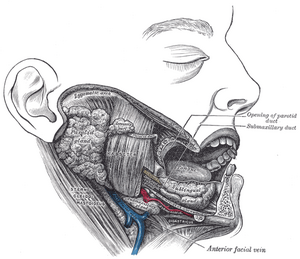How to dissect any Animal
Okay, maybe not everything, but most 4-limbed creatures, which, if you think about it includes a lot of thing: Frogs, rats, cats, bats, puppies, kangaroos, prairie dogs, pandas (lol just kidding, don’t dissect pandas – they are endangered), even babies (lol jk (maybe)). Dissecting is a valuable skill to have, it allows you to observe the inner and outer workings of a living creature. So whether you’re performing a frog dissection, tearing apart a fetal pig, or just fooling around with some roadkill, these basic steps will get you well on your way to a successful dissection.
Step 1: Gather your tools
Before beginning anything, you must make sure that you have all the proper materials
- Knife – needs to be very sharp. Scalpels work best.
- Latex gloves- you don’t want to be getting animal guts all over your hands (maybe).
- Bone saw – (optional, depending on the size of your animal)
- 8 pins – or stakes, again depending on the size
- Tweezers/tongs for extraction of organs, and work that fingers are too clumsy for
- Clean, flat, work surface (must be somewhat porous so that you can stick the pins in it)
- Something (or someone (jk)) to dissect
Step 2: Assess your victim subject
- Examine subject for signs of disease. It is imperative that you ensure that your animal is not diseased, infected or could in any other way cause a health hazard. Examine the body for sores, lesions, evidence of parasites, or any other abnormality (abnormal in terms of how dead animals normally look, that is).
- Make sure subject is dead
- Examine body structure of subject. Observe external features. Keeping these in mind while you perform the actual dissection will give you a better understanding of the organism as a whole.
- When you’re done making your observations, place your subject on it’s back, on your work surface. Pin the 4 limbs into a spread eagle position.
Step 3: Make the incisions
- Make a horizontal cut with your scalpel / other pointy object just below the neck, all the way across the ventral surface. This cut should span the width of both arms.
- Make a parallel cut just in front of the hind limbs.
- Make a 3rd and final incision connection the first 2 cuts in an anti-parallel fashion. Take note that these cuts must be deep enough to penetrate the muscles between you and the abdominal cavity, otherwise you will only end up skinning the animal. However, do not cut too deeply, or you will damage the precious organs underneath
- When you are done making the incisions peel back the flaps of flesh.
You now have a window into the animals body.
Step 4: Explore!
The major digestive organs (excepting the ends of the large intestine and the beginnings of the esophagous of course) will be located in the middle, and lower middle sections of the cavity. The reproductive organs will usually be near the bottom, and the respiratory tract is at the top.
The creature’s internal organs are now at your mercy disposal. You may now harvest or simply explore as you desire.






